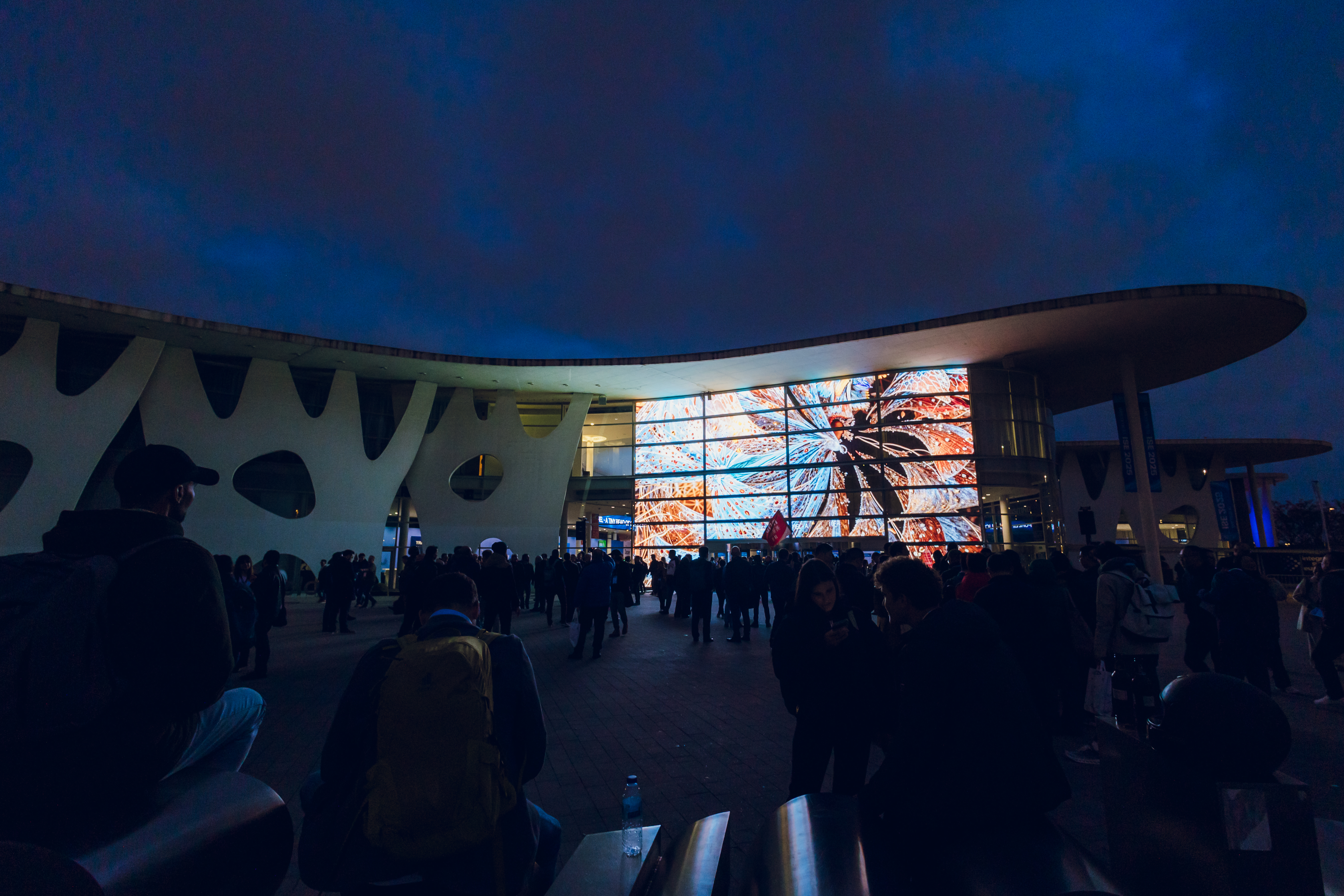On Workplace 3.X: Macnica
Andrew Starks, Director of Product Management at Macnica shares insight for ensuring meeting equity and how to deliver the best collaboration experience regardless of location. Part of AV Technology's Thought Leader Series.

AVT Question: Please share insight and best practices for ensuring meeting equity for all employees and how to deliver the best collaboration experience regardless of location.
Thought Leader: Andrew Starks, Director of Product Management at Macnica
Internet platforms have transformed how people communicate and acquire content from remote locations. We saw early evidence of this for live corporate events. Instead of rolling an outside broadcast truck to the site, remote technicians would manage mixed meetings from a NOC, bringing Zoom and Teams callers together through separate inputs.
While not typical at the time, it was a clever way to reduce the costs of producing live events through these emerging internet platforms. As adoption grew, it proved that these platforms could enhance the way people connect.
There is the challenge of managing stream latencies for video and audio, not to mention the synchronization of the two." —Andrew Starks, Director of Product Management at Macnica
These use cases have matured to the point where Zoom and Teams Rooms are immersed into the business culture, mixing remote participants into these physical meeting spaces to collaborate with onsite workers. It represents an evolution of how off-the-shelf internet and professional AV technology come together in the corporate vertical.
Now the industry is managing the challenge of creating an equal experience for all attendees. How do we effectively balance the volume of the presenter’s microphone at the front of the room with other speakers? How do we manage echo and feedback as we mix audio between the conferencing software and the AV-over-IP system? There is the challenge of managing stream latencies for video and audio, not to mention the synchronization of the two. These are all sizable issues that different platforms address in different ways—none of which are easily interoperable.
Macnica and other companies in the IPMX community are developing specifications to help with these challenges. By providing tools to accurately measure signal latency and choosing codecs that support subframe latency, systems can realign AV signals and process the audio to eliminate echo. We also see opportunities to improve compatibility with wireless networks and higher-compression codecs that improve experiences for lower-bandwidth connections, which are common in these environments
A daily selection of features, industry news, and analysis for tech managers. Sign up below.

Cindy Davis is the brand and content director of AV Technology (AVT). She was a critical member of the AVT editorial team when the title won the “Best Media Brand” laurel in the 2018 SIIA Jesse H. Neal Awards. Davis moderates several monthly AV/IT roundtables and enjoys facilitating and engaging in deeper conversations about the complex topics shaping the ever-evolving AV/IT industry. She explores the ethos of collaboration, hybrid workplaces, experiential spaces, and artificial intelligence to share with readers. Previously, she developed the TechDecisions brand of content sites for EH Publishing, named one of the “10 Great Business Media Websites” by B2B Media Business magazine. For more than 25 years, Davis has developed and delivered multiplatform content for AV/IT B2B and consumer electronics B2C publications, associations, and companies. A lifelong New Englander, Davis makes time for coastal hikes with her husband, Gary, and their Vizsla rescue, Dixie, sailing on one of Gloucester’s great schooners and sampling local IPAs. Connect with her on LinkedIn.
